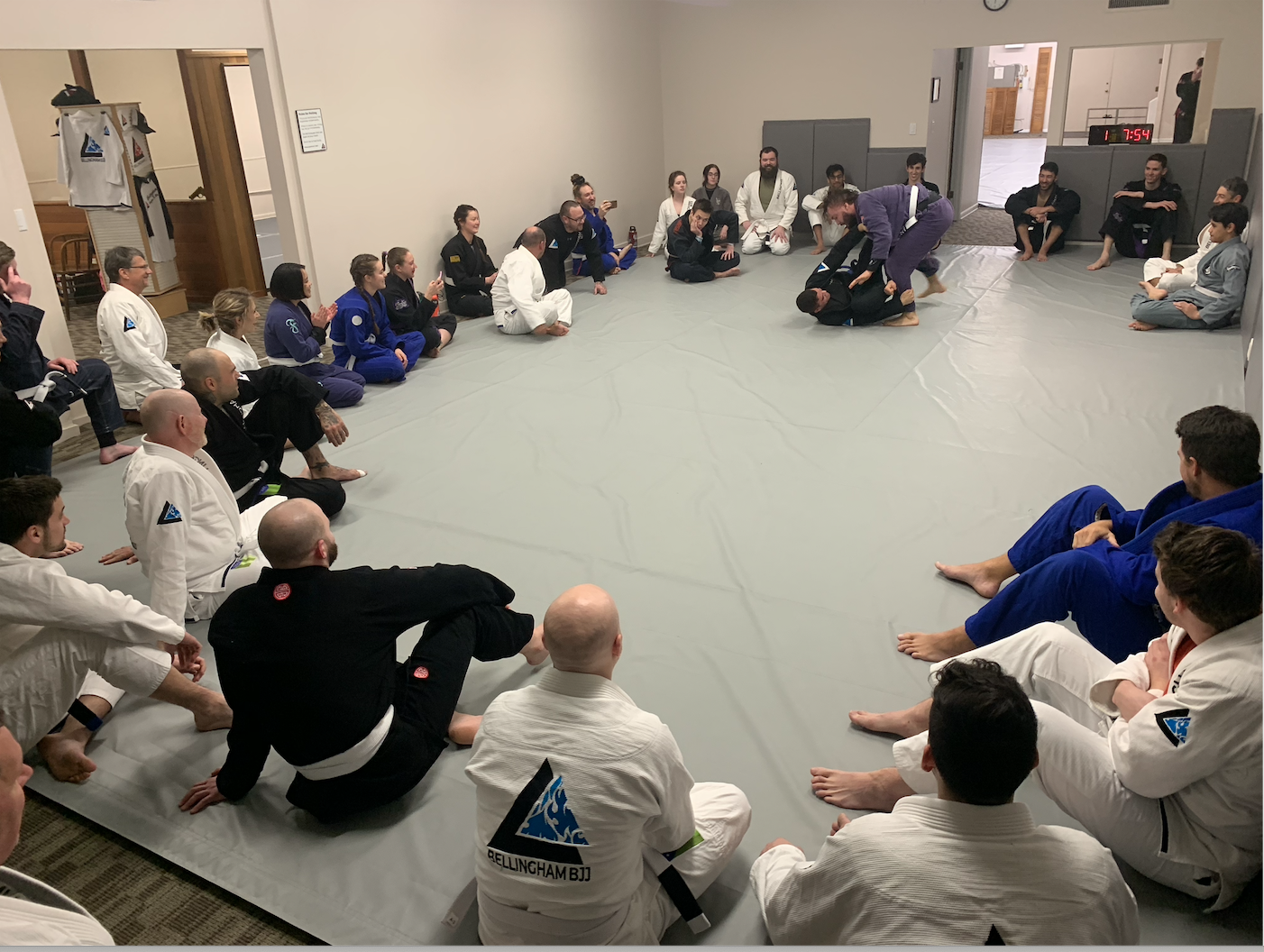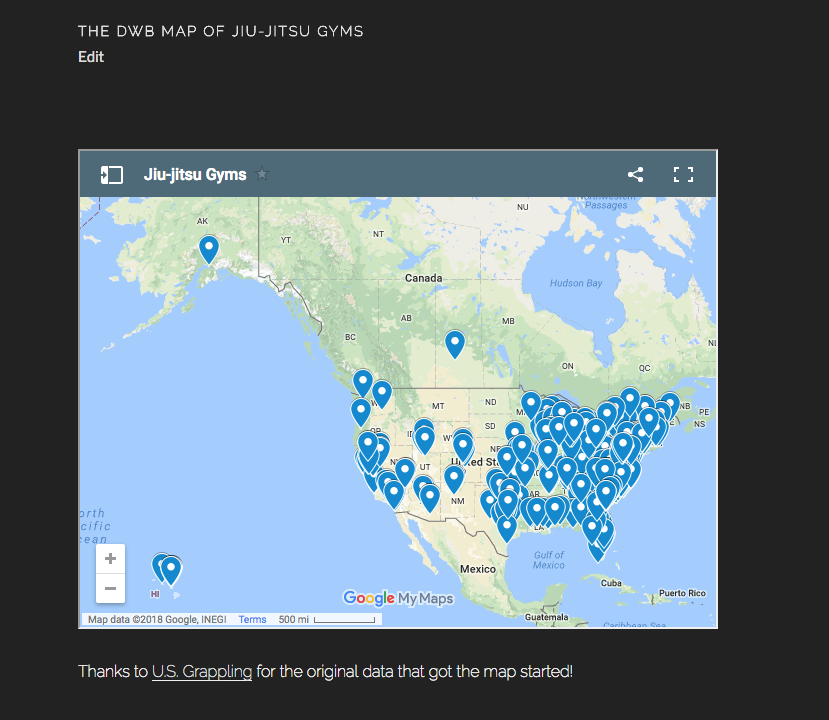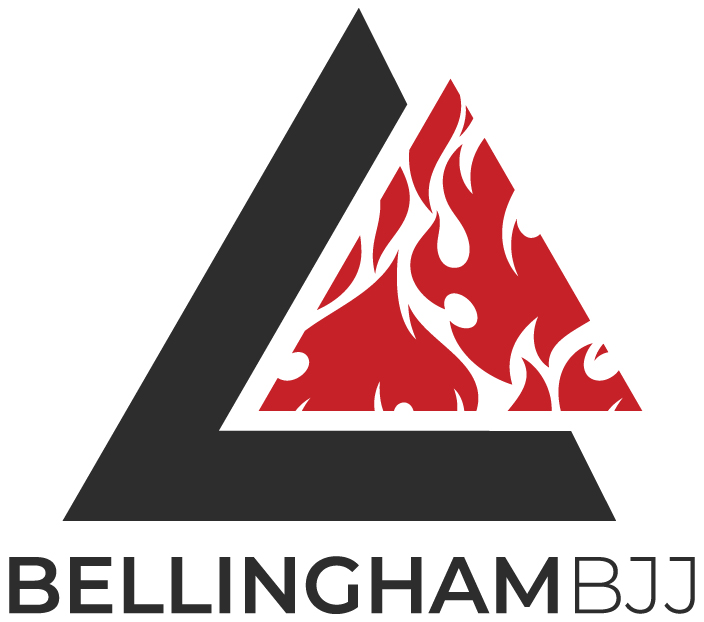A Look Back At Year One
One year ago today, we opened our new academy in downtown Bellingham. If you’re reading this, you joined us at some point in the last year — so thank you for that. Thank you for sharing a host of great memories from the first 365 days, and thank you for sticking with us during the current closure. It’s been an incredible season. In just our first year as an academy we’ve: * Hosted seminars by people we love and admire, such as Dominyka Obelenyte, Dave Camarillo, Felicia Oh, Seph Smith, Jake Whitfield, Cody Maltais, Pete McGregor, D’Juan Owens, Jeff Glover, Read more »






